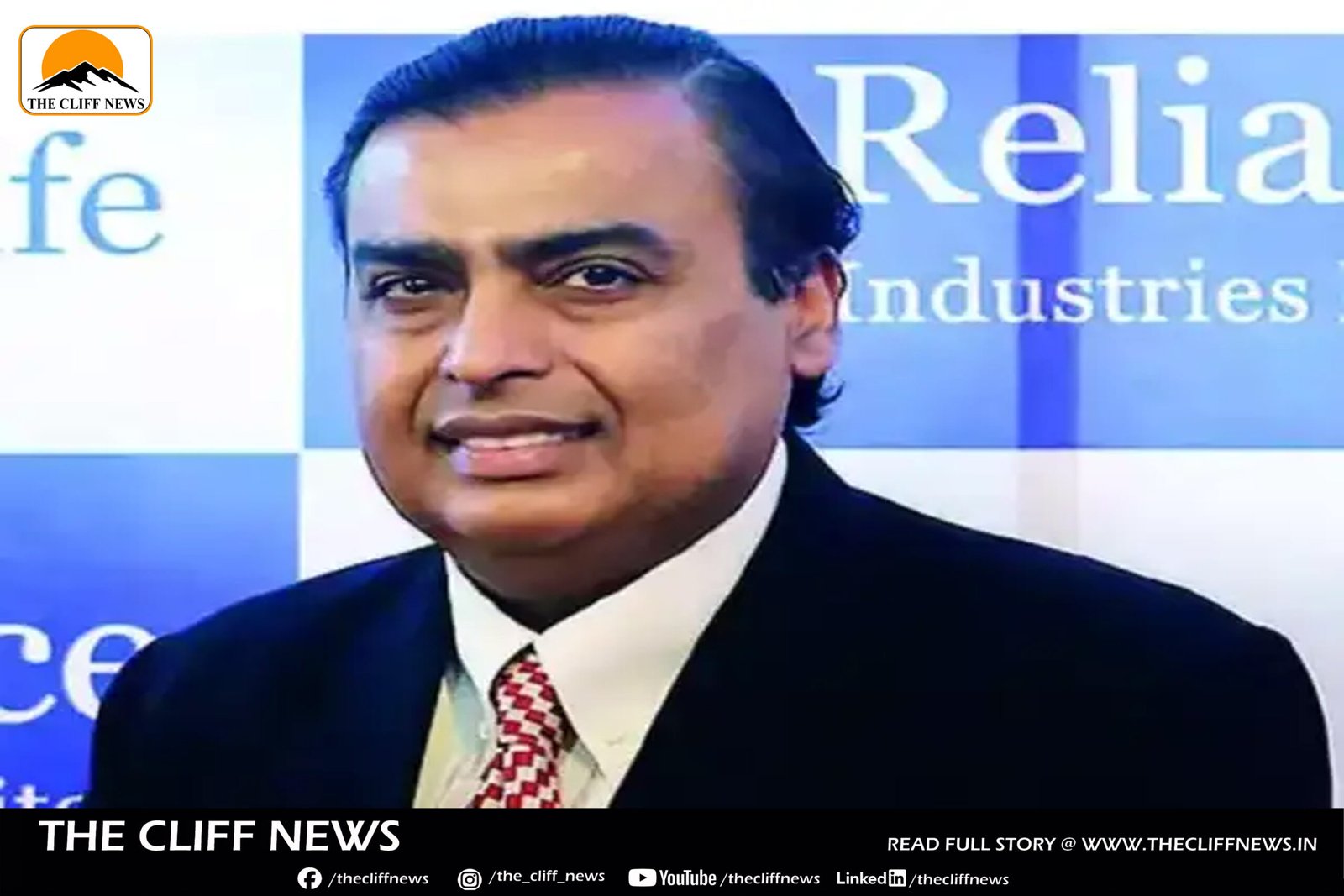Reliance Industries Ltd. is set to emerge as the biggest beneficiary of China’s efforts to rein in industrial overcapacity, alongside its own internal restructuring, according to a new report by Morgan Stanley.
Billionaire Mukesh Ambani’s conglomerate is positioned to gain from Beijing’s so-called “anti-involution” measures across energy and solar supply chains. “Reliance is the largest beneficiary of China’s anti-involution focus across energy and solar supply chains,” analysts led by Mayank Maheshwari wrote in a note dated September 1. They added that Reliance’s own restructuring in its consumer businesses, or “self-anti-involution,” is also creating fresh value — factors not yet fully priced into the stock.
In China, “involution” refers to cutthroat competition that yields little return, while “anti-involution” reflects policymakers’ and firms’ attempts to counter that. Beijing’s measures are seen as lifting equities at a time when the Chinese economy is grappling with deflation.
Reliance, meanwhile, is building a fully integrated solar supply chain in India just as China rationalises its polysilicon output. Morgan Stanley estimates this shift could lower Reliance’s energy costs by as much as 40% by 2030, with new-energy earnings accounting for 13% of profits by 2027.
At its annual general meeting on August 29, Reliance unveiled an ambitious green energy roadmap. Chairman Mukesh Ambani and director Anant Ambani announced plans to create what they described as the world’s most integrated new-energy ecosystem. “Hydrocarbons will remain vital for India for several years. Our strategy is clear: excel in traditional energy while building the system of the future,” Mukesh Ambani told shareholders during the company’s 48th AGM. The group aims to maintain its strength in Oil-to-Chemicals (O2C) while accelerating renewable energy investments.
Ambani reiterated the company’s commitment to doubling earnings before interest, taxes, depreciation, and amortisation (EBITDA), a target first outlined in 2022. Morgan Stanley’s analysts believe China’s restructuring marks the bottom of the petrochemical cycle and will bolster pricing for Reliance’s solar supply chain. They estimate these anti-involution shifts in both China and Reliance could add $20 billion in net asset value, lifting the company’s earnings forecast for fiscal 2028 by 17%.
The brokerage has maintained its overweight rating on Reliance and raised its 12-month price target to ₹1,701 from ₹1,602, implying a potential 26% upside from Monday’s close. Analysts noted that current valuations assign “near zero value” to Reliance’s new-energy and AI ventures, with only limited upside priced in for FMCG growth.
Other brokerages are also optimistic. Nuvama has set the highest target at ₹1,733, citing a “multi-decadal opportunity” in Reliance’s new energy business, alongside growth from O2C, artificial intelligence, and FMCG expansion.



